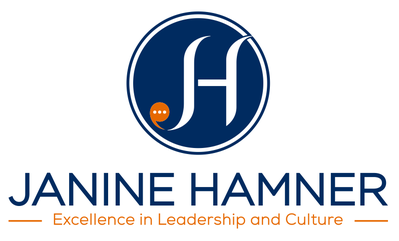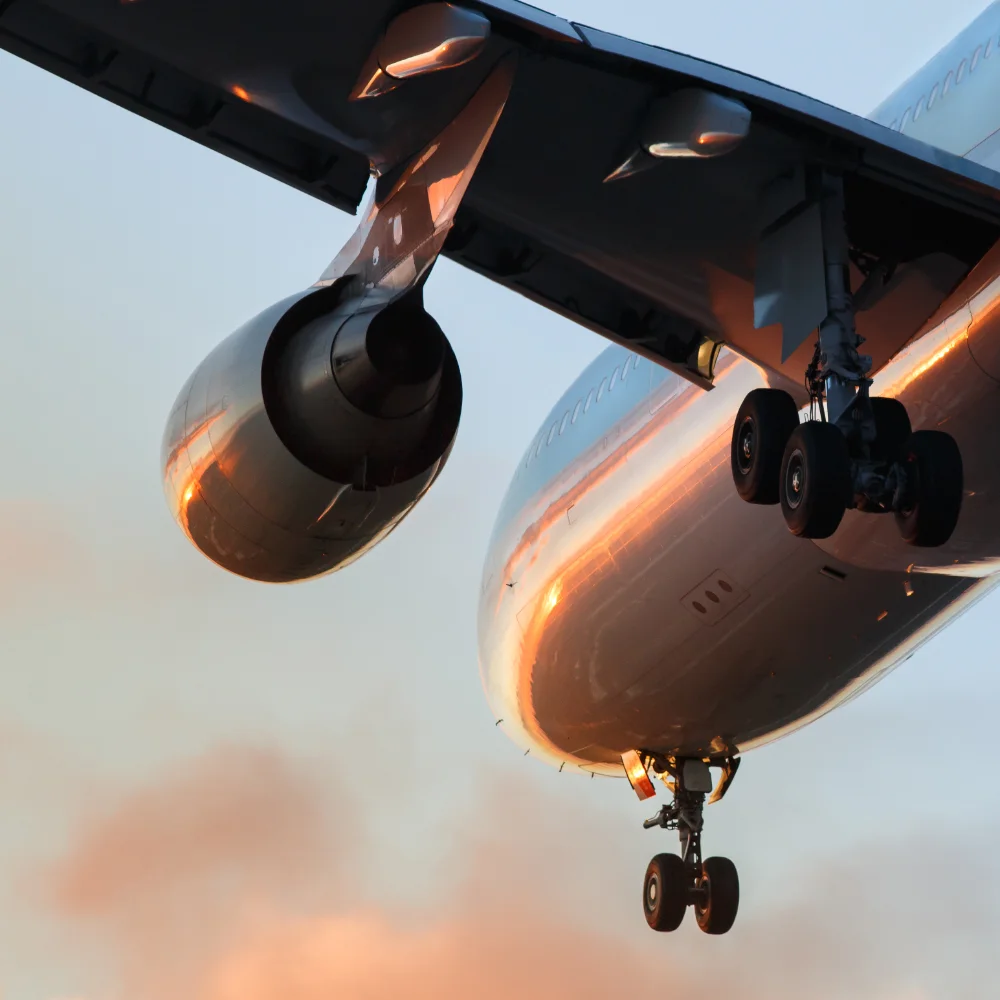You may have noticed that Boeing has been in the news a lot lately – with whistleblowers talking about the company putting profits and delivery timelines over people and safety, and the CEO being forced to step down. They are the latest in a long line of companies and organizations of psychological safety failures, with notable entries in this unfortunate list including Volkswagen, Wells Fargo, Enron, and NASA.
Although the concept of psychological safety has been around since the 1960s, it was first “coined” as a term by Dr. Amy Edmondson, Novartis Professor of Leadership and Management, Harvard Business School. The concept hit the headlines and into the mainstream when research by Google on high-performing teams hit the news.
In their re: Work study, the researchers found that what really mattered was less about who was on the team, and more about how the team worked together; Psychological Safety has proven to be the one variable that most significantly impacts team effectiveness.
When organizational behavioral scientist Amy Edmondson first introduced the construct of “Team Psychological Safety,” she defined it as “a shared belief held by members of a team that the team is safe for interpersonal risk-taking.”
What that means is that people aren’t afraid of speaking up, raising concerns about – in the cast of Boeing – that there were serious concerns with debris being left inside the body of the planes where it might come into contact with other electronics and spark a fire, or safety systems malfunctioning, or doors coming off mid-flight.
In the case of Boeing, people on the front lines either knew or suspected problems in all of these areas. But the company culture was such that people were discounted, ridiculed, or even fired for raising these kinds of issues. And, because Boeing is an airline manufacturer, the consequences for not speaking up have been severe. Planes have crashed and people have been injured and killed.
What’s remarkable is that these issues at Boeing have been going on for decades – even with people raising concerns about psychological safety and the “tell no bad news to leadership” culture. When you are literally in the business of getting people safely from Point A to Point B, you might think that these issues would have been dealt with once they were made clear.
Obviously not.
Equally obviously, while the stakes are extraordinarily high for Boeing or NASA, these kinds of issues happen at every size company in every industry.
Anywhere that people are afraid of raising their hands, asking critical questions, even hard questions, there is a lack of psychological safety.
And bad things can happen. It’s not always a “people will die!” situation… mostly, actually, it isn’t. The biggest casualty is that organizational leaders are making decisions in vacuums or without full information. Because if I’m a frontline employee, and I can’t tell you the truth about what’s happening in the field and with our customers, the leaders of the organization are never making decisions with the right information.
And that has huge consequences – to the bottom line, to employee morale, to innovation, and critical decision-making.
Creating a culture where psychological safety is present, on the other hand, is simple. It may be hard to do (which is why many organizations fail to prioritize it), but it’s simple in concept. It starts with transforming our relationship with failure. If failure is seen as a catastrophe, leaders will never hear about it. Failure can be seen as an opportunity to learn – no more and no less.
From there, we can work on trust. When I trust you, I can tell you the truth. We can create the conditions that make it easy for people to tell the truth and trust. It happens when people feel safe.
When we don’t prioritize these things, the ramifications can be severe. It’s simple (but hard). But, as the saying goes, we can do hard things.
Especially if the alternative is significant damage to our brand, customer loyalty, retaining top talent, and the health of our bottom lines.
Because, as Boeing is learning, that’s the tradeoff.
If you’re curious about the psychological safety of your organization, scan the QR code or click through to https://app.agolix.com/assessment/24454




